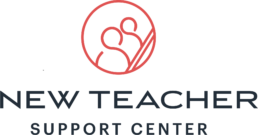
6,500. That number represents the number of different languages that are spoken in our world today. Take a look at the image to the left and see how many languages you recognize.
How did you do? Now, consider how this activity correlates to your classroom. What is the connection here? How many students do you have that immigrated to the United States from another country? What can you do as the teacher to support their transition?
The answer to these questions is complicated and if you are overwhelmed with how best to truly meet the needs of these unique learners, we need to first discuss “cultural responsiveness.” This is yet another educational buzz word that has been at the forefront of educational discussions recently. However, it is the foundation educators need to start creating meaningful learning experiences in the classroom before ever beginning to teach the content.
Cultural responsiveness is the idea that one must educate themselves on all aspects of a given culture in order to truly understand the culture of their student and accommodate their diverse needs. This is what that looks like in the classroom:
- Ask the student where they came from. If they can’t verbally respond, have them point to a map or globe. Show interest and seek to learn.
- Engage students in conversation about memories they have of their native country and how the United States compares and contrasts to their home country.
- Allow students to use their native language as they acclimate.
- Incorporate culture in the classroom when possible. (check out the attached resources to start the conversation in your classroom!)
- Ask the student to share the history or culture of their home country with the class.
- If the student isn’t comfortable or cannot share, do some research yourself and share your findings with the class.
- Involve the student’s family in community, school and classroom events to make them feel welcome and supported or send home a newsletter or postcard about what is going on in the classroom.
- Connect the family with school personnel who are able to translate and show the family where they can find valuable resources.
Once you have established a foundation of cultural responsiveness in the classroom, you can then start to build meaningful lessons utilizing strategies that assist your diverse learners. Stay tuned for a part two on high-yield strategies to engage your unique learners! Until then, grab the attached resources below and start the cultural conversation in your classroom!
https://docs.google.com/presentation/d/1wc1tq-E24dHl1CA99p-h-sIppySLjzMnFPgijWHAHvE/edit?usp=sharing


